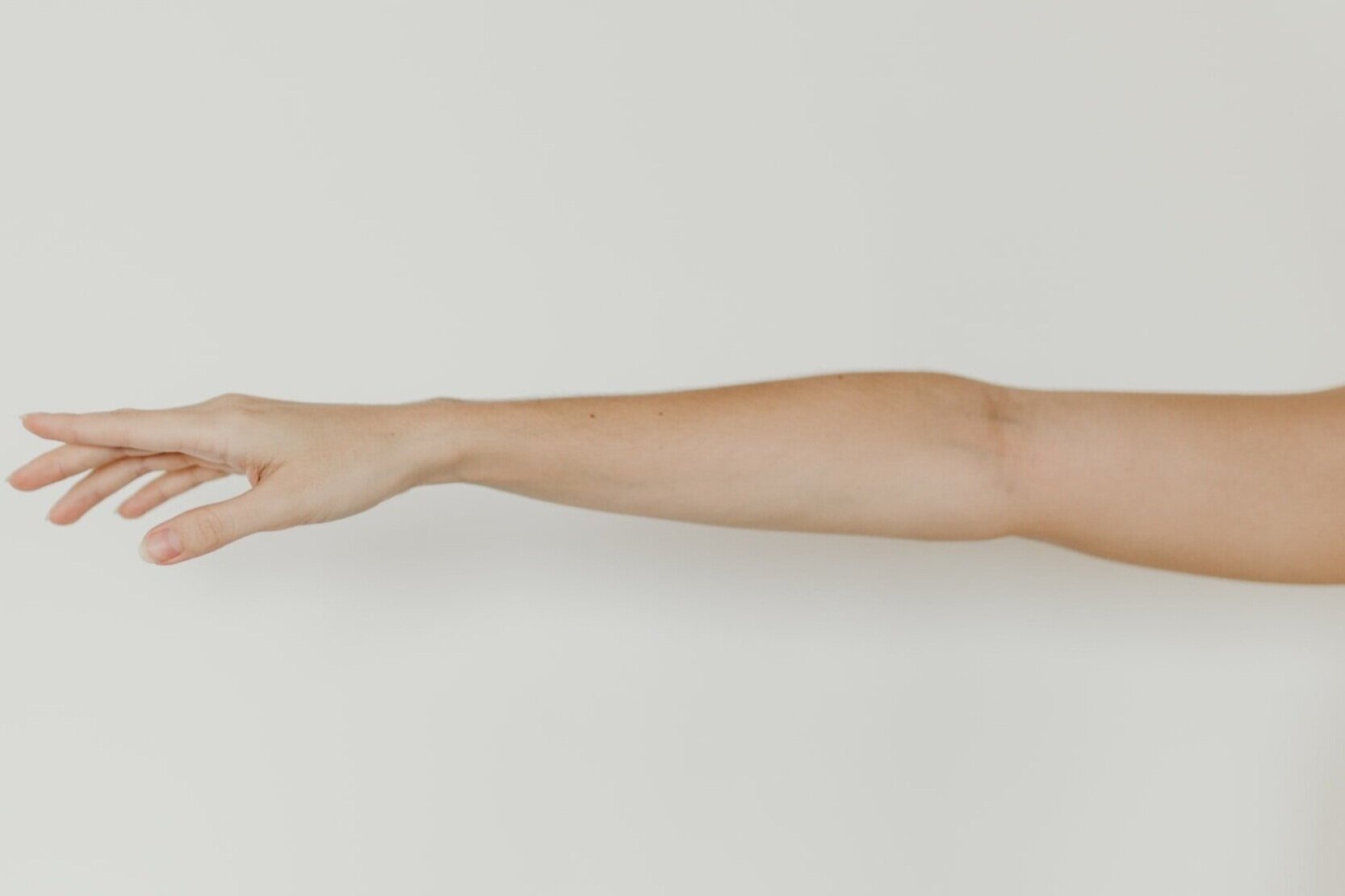
arthroscopic, reconstructive & arthroplasty surgery
Other Hand Conditions
ganglion
Joint, Ligament or Tendon Cyst
A Ganglion is a Cyst which usually arises from a joint, ligament or tendon. It is lined with synovium and contains Mucin or joint fluid. Ganglions can fluctuate in size and have a tendency to re-occur even after rupture or aspiration. The are most common on the dorsal wrist, then volar wrist and fingers.
Ganglion
A Ganglion is a Cyst which usually arises from a joint, ligament or tendon. It is lined with synovium and contains Mucin or joint fluid. Ganglions can fluctuate in size and have a tendency to re-occur even after rupture or aspiration. The are most common on the dorsal wrist, then volar wrist and fingers.
Causes
Ganglions can arise from:
Trauma
Mucoid Degenerative
Synovial Herniation
Symptoms
Ganglions are not harmful. The primary complaint most patients have is impingement or annoyance. Sometimes Ganglions can be painful or cause nerve compression.
Treatment
There are many ways to treat Ganglions. The primary risk of all treatments is recurrence which is high. Surgery has the best chance of preventing recurrence. Other non surgical methods include:
Rupture
Aspiration
Corticosteroid injection
Surgery can be performed arthroscopically or open. The aim of surgery is to excise the cyst but the most important component is to ensure the stalk and origin of the Ganglion is excised. Failure to do so has high rate of recurrence.

Ganglions can fluctuate in size & have a tendency to re-occur even after rupture or aspiration
trigger finger
Stensoing Tenosynovitis
Trigger finger is the “catching” or “locking” of the finger due to the tendon being unable to glide smoothly through its Pulley in the palm, the A1 Pulley. This is caused by mechanical impingement. Trigger finger is usually progressive disease. There is usually pain at the A1 pulley, clicking and catching of the finger. Approximately 60% of patients with Trigger finger usually also suffer from Carpal tunnel syndrome.
Trigger Finger
Non operative methods of treating Trigger finger include:
Splinting
Non Steroidal anti-inflammatory medications
Corticosteroid injection
Activity modification
Failing these options, surgery can be considered for definitive treatment. The surgery for Trigger Finger is a small day only procedure. It involves a small incision less then 1cm and the release of the A1 pulley of the flexor tendon. Following surgery, you are able to bend and use all your fingers immediately. The wound will take 10-14 days to heal.
De Quervain’s Tenosynovitis
Inflammation of the Tendon Sheath
De Quervain’s Tenosynovitis is a syndrome in which there is pain on the thumb side of the wrist. This is caused by inflammation of the tendon sheath in this area. De Quervains Tenosynovitis is caused by the narrowing of the 1st Dorsal extensor compartment in which the EPB and APL tendons run. This causes irritation, inflammation and in turn pain.
De Quervain’s Tenosynovitis
De Quervain’s Tenosynovitis is initially treated non operatively with:
Non Steroidal Anti Inflammatory medications
Rest
Splints
Corticosteroid injection to the region
Failing non operative measures to treat De Quervain’s Tenosynovitis, surgery is then indicated. This is a small day only procedure which involves a small incision and release of the 1st Dorsal compartment. Symptoms generally settle down quickly and you have full use of the fingers and hands immediately post operatively.
Dupytren’s Contracture
Contracture of 1 or more fingers
Dupytren’s contracture is a condition in which a nodule in the palm evolves into a cord which causes a contracture of one or more fingers. This progresses with time and the finger is tethered bent. With Dupytren’s contracture the nodules can sometimes be painful but the primary complaint is the disability associated with the contracted finger or fingers. As the contracture progresses it effects daily activities.
Dupytren’s Contracture
Dupytren’s disease is usually managed non operatively until the degree of the contracture is severe enough effect daily activities. The main reason for this is due to the inevitable recurrence of the disease.
Treating the contracture can be addressed by the following methods:
Collagenase injection
Partial or complete fasciectomy
Skin graft




